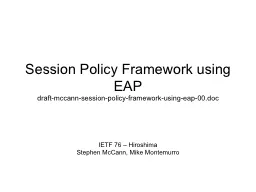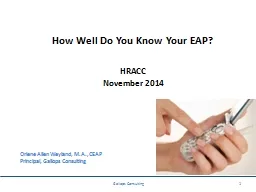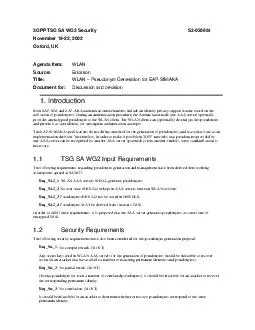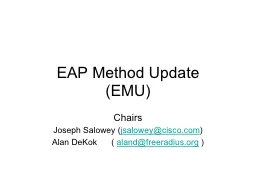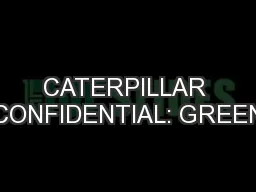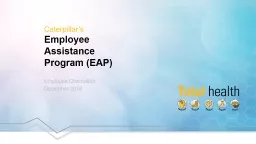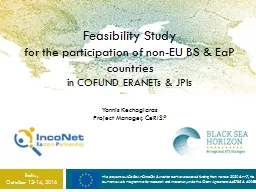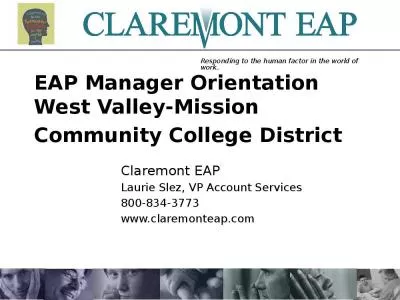PPT-Session Policy Framework using EAP
Author : alexa-scheidler | Published Date : 2017-12-17
draftmccannsessionpolicyframeworkusingeap00doc IETF 76 Hiroshima Stephen McCann Mike Montemurro Overview Service providers may have policies that apply to the media
Presentation Embed Code
Download Presentation
Download Presentation The PPT/PDF document "Session Policy Framework using EAP" is the property of its rightful owner. Permission is granted to download and print the materials on this website for personal, non-commercial use only, and to display it on your personal computer provided you do not modify the materials and that you retain all copyright notices contained in the materials. By downloading content from our website, you accept the terms of this agreement.
Session Policy Framework using EAP: Transcript
Download Rules Of Document
"Session Policy Framework using EAP"The content belongs to its owner. You may download and print it for personal use, without modification, and keep all copyright notices. By downloading, you agree to these terms.
Related Documents

